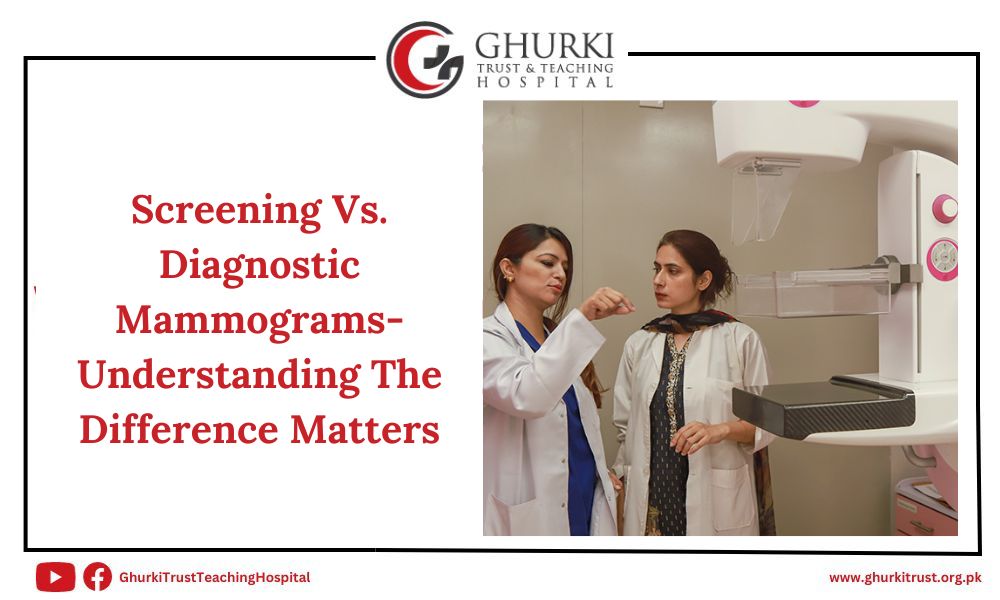Understanding Mammograms
Mammograms are specialized X-ray exams designed to display the inside structure of the breast. They are essential in identifying anomalies in the breast, such as tumors or calcifications, that may indicate cancer or other diseases before they manifest symptoms or can be felt.
The two main types of mammography are screening and diagnostic. Advanced technologies such as Full-Field Digital Mammography, Digital Breast Tomosynthesis (3D mammograms), and Computer-Aided Detection (CAD) enhance the usefulness of mammograms by offering clearer, more detailed images and facilitating early and accurate detection.
What Is A Diagnostic Mammogram?
Diagnostic mammography is a sophisticated, all-encompassing X-ray test that is only recommended for women who exhibit abnormalities from their screening mammography or who are experiencing symptoms indicative of breast cancer, such as skin changes, lumps, pain, or discharge from the nipple. Compared to screening mammograms, which are frequently performed on women who are asymptomatic in order to detect early signs of breast cancer, diagnostic mammography provides a more complete study of the breast tissue.
They use more photos and perspectives to carefully examine the problematic areas, which makes an assessment easier. Due to the requirement for a more thorough assessment, the process could take longer than screening mammography.
This kind of mammography can also be used by radiologists to track alterations in breast tissue over time or assess how well continuous treatment is working. Because of its narrow focus, diagnostic mammography is essential for accurate diagnosis and for deciding what to do next. Depending on the results, this may entail additional testing such as an MRI, biopsy, or ultrasound.
What Is A Screening Mammogram?
Screening mammography is a preventive test that is intended to identify early indicators of breast cancer in women who are asymptomatic. This kind of mammography is essential for identifying the cancer even before any outward physical symptoms or indicators appear, when it is most curable. Screening mammograms, which are usually advised annually for women beginning at age 40, entail obtaining several X-ray images of the breasts.
The aim is to detect any unusual alterations or growths, including lumps or microcalcifications, that might point to the existence of cancer. Women who have greater risk factors, like a family history of the disease, might need to begin screening earlier in life. The simple treatment, which typically takes 10 to 20 minutes, is an essential part of managing breast health. As of right now, it’s the most effective technology available for early breast cancer screening, which aims to increase survival rates by detecting the disease at a more manageable stage.

